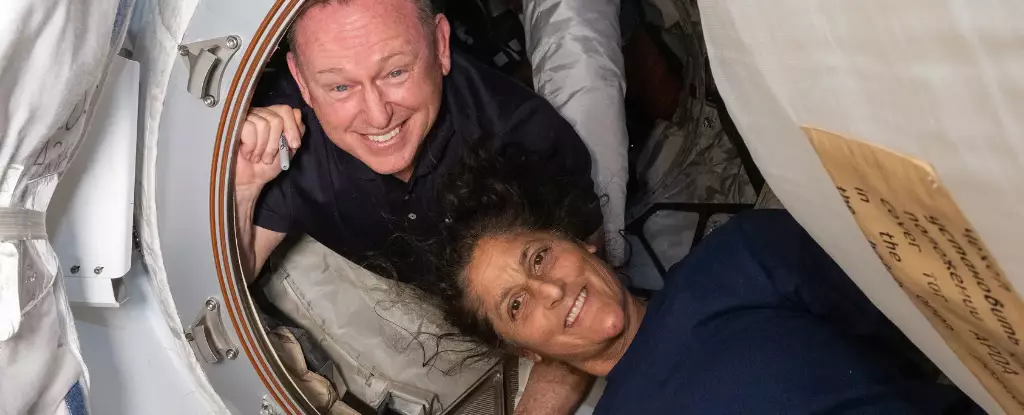NASA has announced that two American astronauts who have been stationed aboard the International Space Station (ISS) since June may be returning to Earth earlier than anticipated, marking a notable adjustment in their planned schedule. Veteran astronauts Butch Wilmore and Suni Williams initially intended to conduct an eight-day mission in low Earth orbit. However, their stay has stretched to over eight months due to unforeseen technical difficulties encountered by their Boeing Starliner spacecraft. The propulsion issues forced a significant re-evaluation of their return strategy, making their prolonged mission a topic of interest for the space community.
Following extensive testing and analysis, NASA determined that the Starliner would need to return without Wilmore and Williams onboard. As a result, the agency sought assistance from private spaceflight company SpaceX, known for its reliable Dragon spacecraft. This pivot indicates a shift towards more collaborative efforts between government and private sector entities in addressing challenges in human space travel. The involvement of Elon Musk’s SpaceX has also sparked significant public interest, as it highlights the growing role of commercial companies in NASA’s missions.
The much-anticipated Crew-10 mission is slated for launch on March 12. This development comes after NASA and SpaceX decided to adapt their original plans, opting to use a previously flown Dragon spacecraft named Endurance instead of a new one. This pragmatic decision not only streamlines the return process but also showcases the adaptive strategies being employed to ensure astronauts can be brought back safely and efficiently. The collaboration between NASA and SpaceX emphasizes the importance of flexibility in planning and execution, especially in the ever-changing environment of space missions.
Despite the extended duration of their mission, both Wilmore and Williams have reported a positive outlook and maintained high spirits. They have highlighted their ample food supplies and the fascinating daily experiences that life aboard the ISS provides, which can be a testament to their resilience and adaptability in challenging situations. This positive attitude underlines the psychological strength of astronauts—an essential quality for those who spend extended periods in confined environments.
While their eight-month odyssey is remarkable, it does not surpass Frank Rubio’s record of 371 days aboard the ISS, which was necessitated by a coolant leak in the Russian spacecraft designated for his return. Rubio’s extensive tenure in space raises questions about the implications of long-duration missions for astronaut health and the future of human exploration in low Earth orbit and beyond.
The journey of Wilmore and Williams serves as a fascinating case study, illustrating both the complexity of space missions and the remarkable resilience of astronauts under unexpected circumstances. Their story reminds us of the persistent challenges of human space travel and the ongoing commitment from agencies like NASA and SpaceX to ensure the safety and well-being of crew members in their quest for exploration.


Leave a Reply